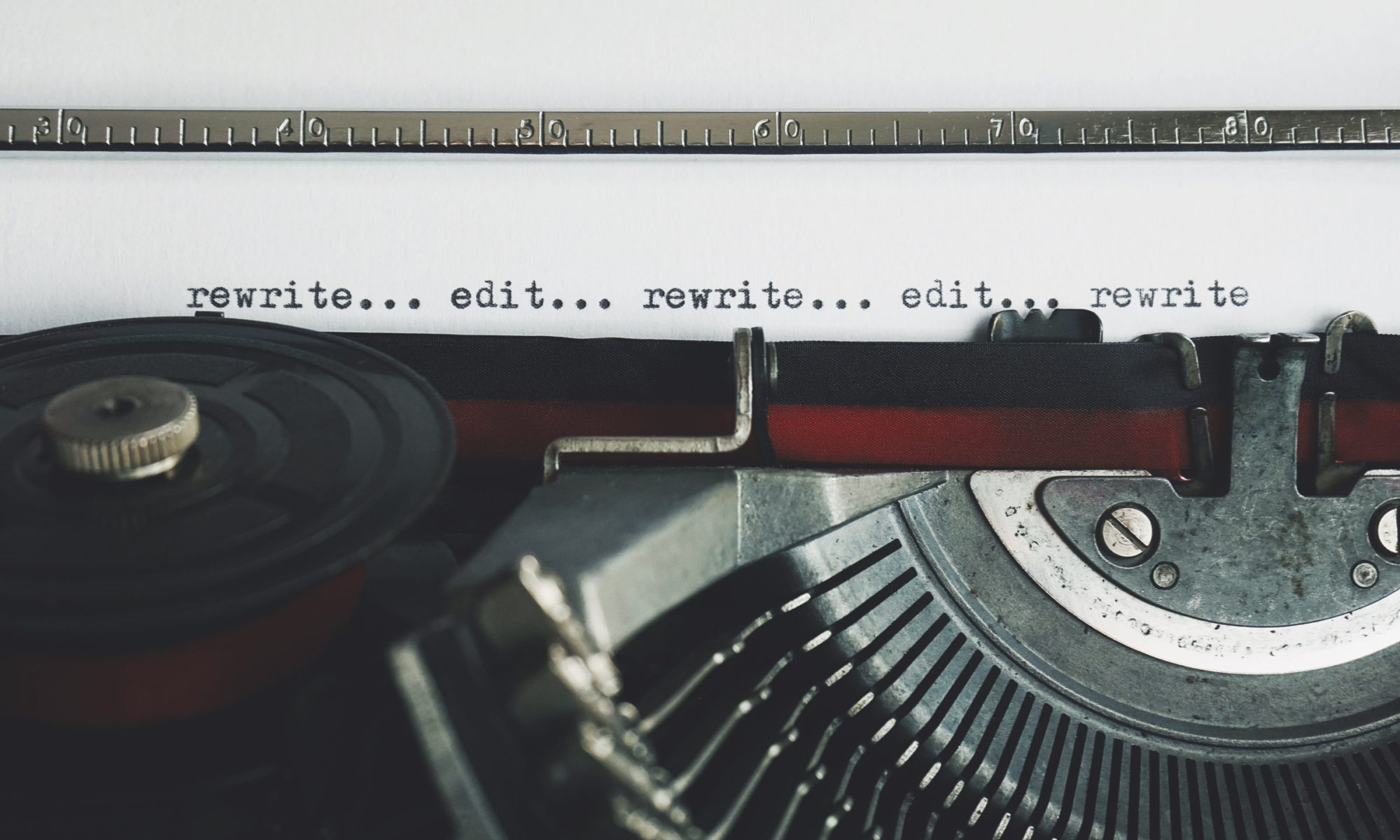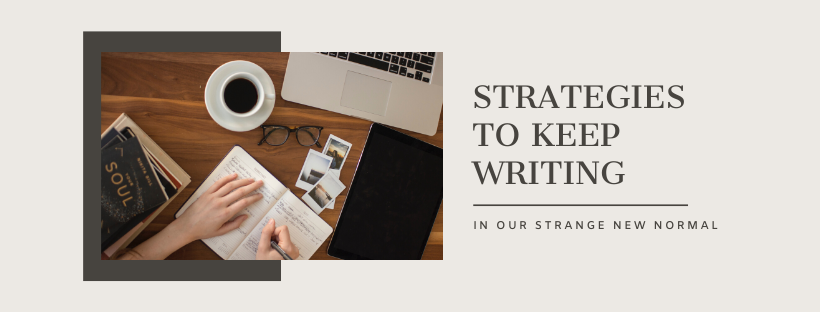No matter what you’re writing (fiction or nonfiction), your opening page might be the most critical part of your book. It’s where you hook the reader and convince them that this is the book for them.
How do you convince a reader to keep reading?
One of the best ways to start a novel is to introduce the protagonist.
- Establish who they are. Give us the protagonist name, maybe a reference to their gender, age, occupation, etc.
- Indicate what their role is. What are their goals? What are their fears? What are their weaknesses/strengths?
- Create sympathy. Show why the reader should care. Help them identify with your character (they don’t have to like your character, but they do have to sympathize and understand why he does what he does).
- Possibly show them in relationship. This trick gives you the opportunity to show how the character feels about themselves, how they talk, and where they’re sensitive.
Be aware of the temptations.
- Avoid lists, information dumps, and flashbacks . . . unless of course, your character is a list-making fiend. In which case, make sure the reader knows this detail-checking is part of your character’s personality.
- Avoid random scenes that aren’t important to the plot. The opening lines of a book should be critical to the plot line. This is also known as starting in media res (in the middle of the action). It’s tempting to
- Be careful to orient the reader before diving in too much. Your first line can be a little jarring, but then take a step back and make sure we understand the situation and care about your character before putting them in too much danger (either physical or emotional).
Give yourself grace
Openings are SO HARD. I know. I’ve rewritten my opening lines approximately 2.4 million times . . . for each book.
So take a deep breath. And if you need to, set aside the opening chapter and write the rest. You might find writing the opening is easier after you’ve lived in the story world a little longer.

